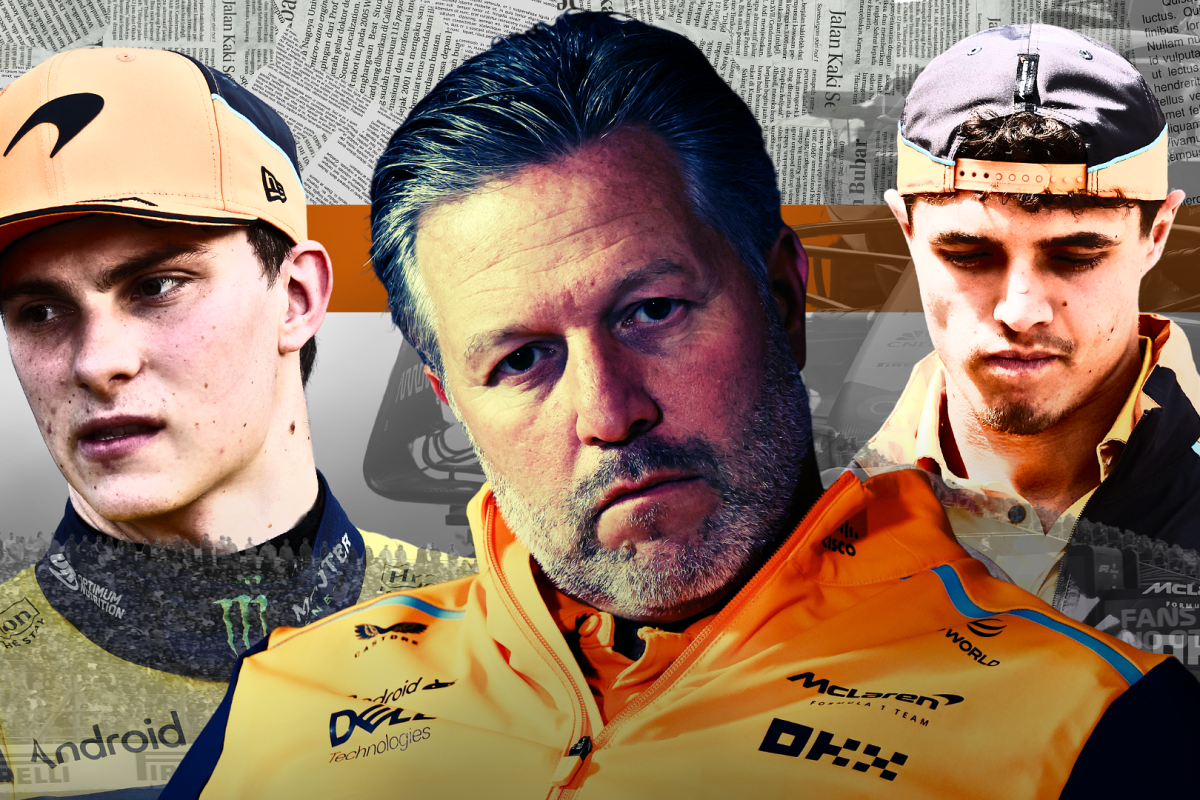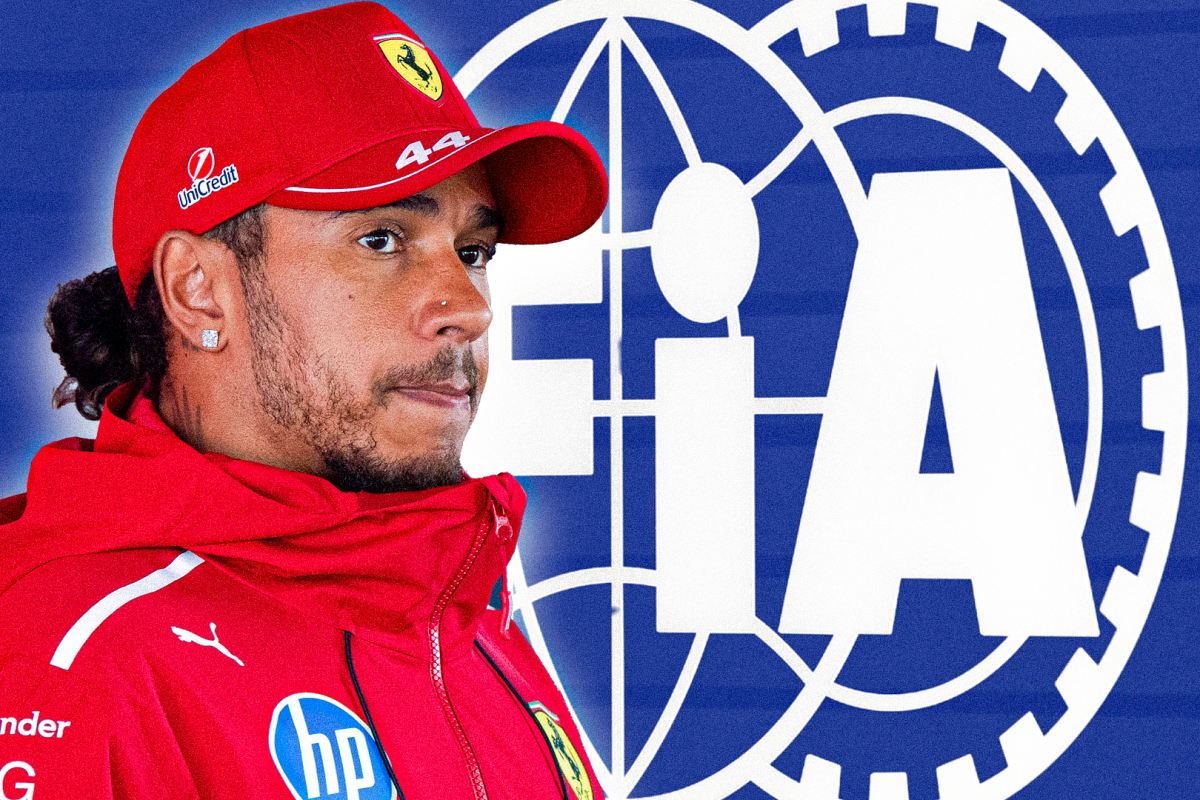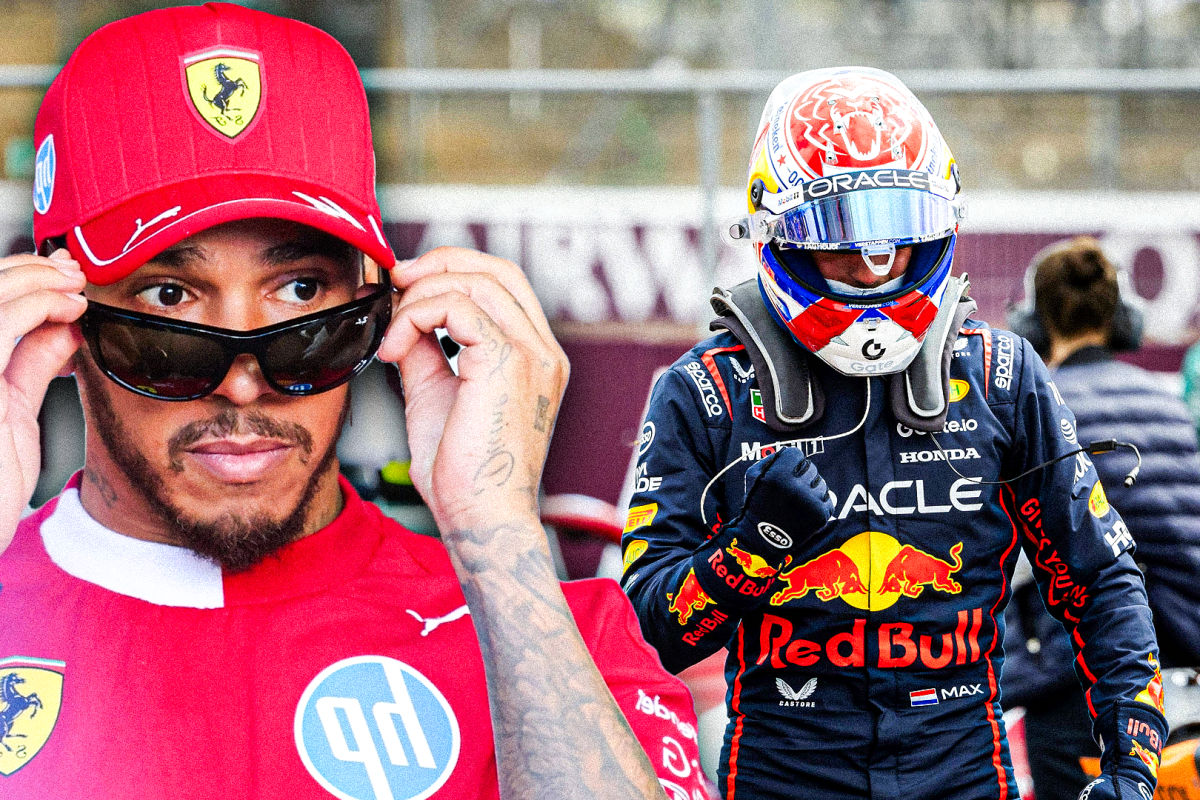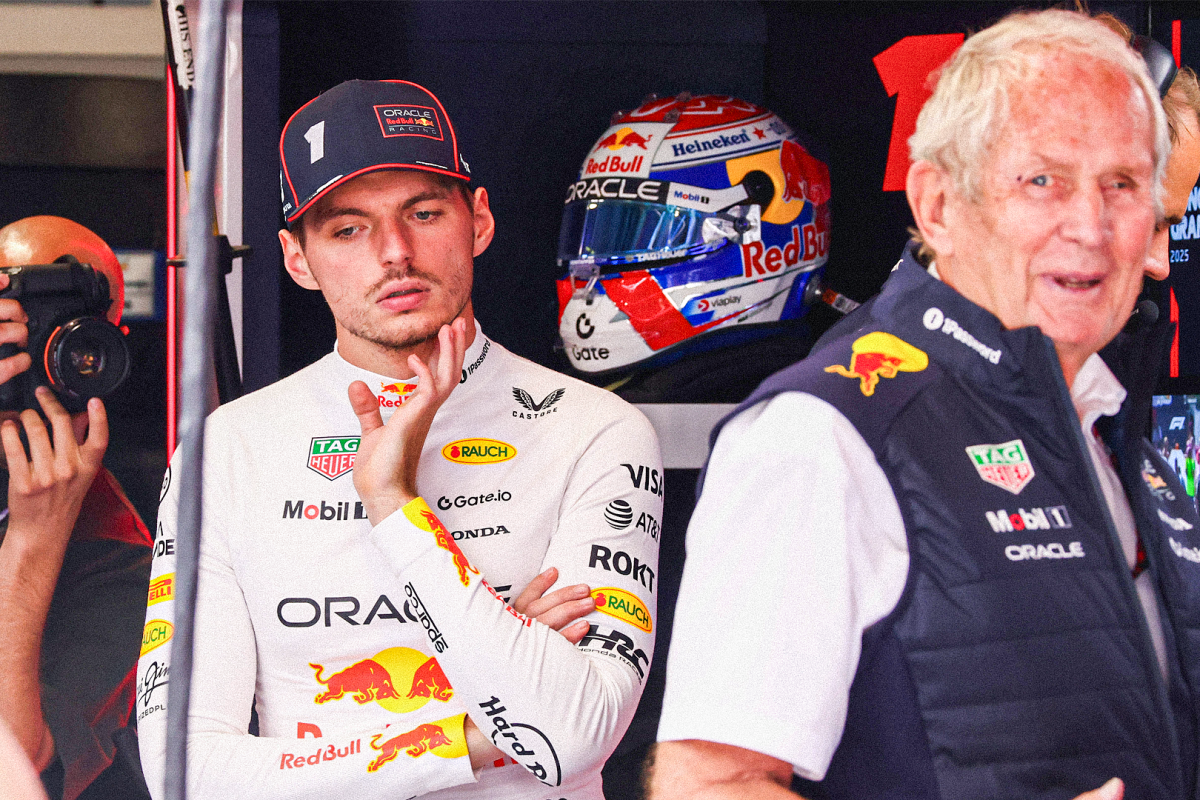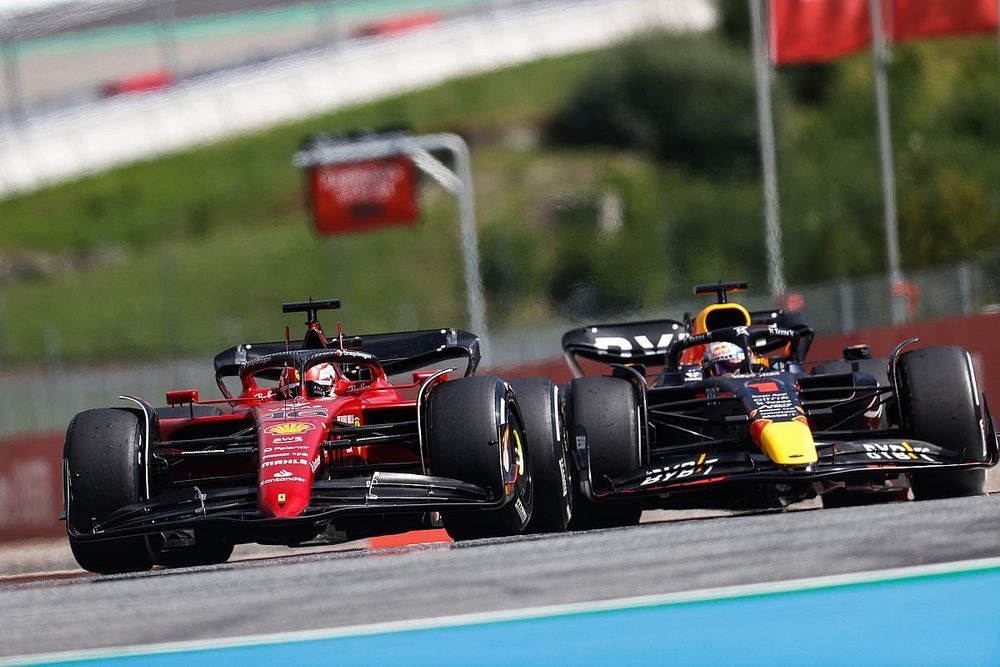McLaren F1 chief issues Norris and Piastri instructions a… read more
McLaren’s team principal, Andrea Stella, issued clear instructions to Lando Norris and Oscar Piastri ahead of the Belgian Grand Prix, emphasizing a strategic approach focused on maximizing points and exploiting the unique challenges of Spa-Francorchamps. The instructions, while not publicly detailed in their entirety, reflected McLaren’s revised ambitions for the season following a mid-season performance dip and a renewed focus on consistent points scoring rather than chasing unrealistic podium finishes.
Stella’s primary instruction to both drivers centered on racecraft and tire management. Spa-Francorchamps, known for its long straights and challenging braking zones, demands meticulous tire strategy. Stella stressed the importance of avoiding unnecessary risks during the initial laps, emphasizing clean overtakes and a focus on preserving tire life for the later stages of the race. This instruction directly addressed McLaren’s recent struggles with tire degradation, a problem that had cost them valuable positions in previous races. The team had implemented significant changes to its car setup, focusing on improved aerodynamic balance and tire temperature management, and Stella wanted to ensure both drivers executed these adjustments flawlessly.
While the team aimed to capitalize on any opportunities for advancements during the race, Stella prioritized a pragmatic approach over aggressive, high-risk maneuvers. He cautioned against overly ambitious moves that could result in collisions or damage, potentially compromising the entire race. This shift in strategy reflects a broader team focus on consistency and reliability, acknowledging the limitations of the current MCL60 compared to the leading teams. The emphasis on controlled racing underscores McLaren’s acknowledgment that battling for top positions wasn’t realistically achievable at every race this season, shifting their attention towards securing points in a reliable manner.
The instructions to Norris, the team’s experienced driver, involved a degree of freedom based on his racecraft and judgment. Stella likely empowered Norris to adapt his strategy based on evolving track conditions and competitor performance, using his racing experience to make informed decisions on the track. This is in line with McLaren’s overall confidence in Norris’ abilities and his proven capacity to extract maximum performance from the car under pressure. However, Stella still emphasized the importance of sticking to a consistent tire strategy and avoiding unnecessary risks, even when presented with opportunities for quick gains.
For Piastri, the instructions focused on a more controlled, strategic race. In his rookie season, Piastri’s learning curve involves understanding the nuances of tire management and race strategy in the context of a challenging circuit like Spa. Stella’s instructions likely emphasized consistency, highlighting the importance of building experience and completing a damage-free race. This approach underscores McLaren’s commitment to nurturing Piastri’s talent while simultaneously achieving solid points finishes. The team understands the value of experience in Formula 1, especially in managing tire wear and race pace over a long stint.
Beyond tire management and race strategy, Stella’s instructions also likely touched upon data acquisition and feedback. McLaren is constantly refining its understanding of the MCL60, and feedback from the drivers during the race is vital. The team likely asked both drivers to pay close attention to various aspects of the car’s performance, providing specific data points that would assist in the ongoing development program. This feedback loop is crucial for McLaren’s long-term progress, aiming to improve performance in upcoming races.
The Belgian Grand Prix’s unique challenges—including unpredictable weather and the demanding nature of Spa-Francorchamps—further necessitated precise instructions. The team likely prepared both drivers for various scenarios, including potential safety car periods and the need to adapt their strategies based on weather conditions. This preparedness underscores the importance of proactive planning and adaptability in Formula 1 racing.
In conclusion, while the specific details of Stella’s instructions remain confidential, it’s clear that McLaren’s approach to the Belgian Grand Prix involved a pragmatic balance between ambition and risk management. The focus on tire management, controlled racing, and consistent data acquisition reflects a broader strategic shift towards securing points consistently rather than chasing unrealistic podium positions, allowing the team to focus on development and build momentum for the latter half of the season. This approach showcases McLaren’s realistic assessment of their current competitiveness while simultaneously nurturing the talents of both Norris and Piastri.
